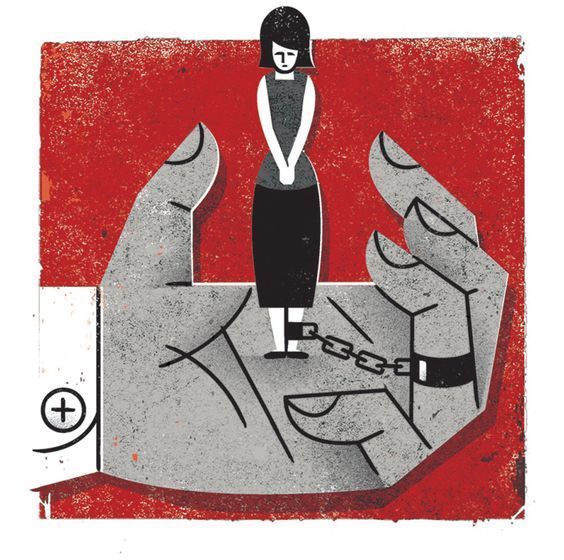What is Stockholm Syndrome?
Introduction:
Stockholm Syndrome is a psychological condition in which hostages develop positive feelings towards their captors. This paradox, where victims begin to sympathize and even defend their abusers, is a complex survival mechanism often triggered in situations involving captivity and abuse. This article will delve into the intricacies of Stockholm Syndrome, exploring its causes, symptoms, and available treatments.

While the term "Stockholm Syndrome" is widely used, it's not a formally recognized psychiatric diagnosis in the Diagnostic and Statistical Manual of Mental Disorders (DSM-5). This lack of official recognition underscores the complexity and debate surrounding the condition. However, the phenomenon is widely observed and recognized as a legitimate psychological response to traumatic experiences.
The term "Stockholm Syndrome" stems from a 1973 bank robbery in Stockholm, Sweden. During the siege, several hostages formed a paradoxical bond with their captors, even defending them after their release. This incident brought international attention to the phenomenon, leading to its naming.
Stockholm Syndrome is often associated with hostage situations, but it can manifest in other forms of abuse, including domestic violence, child abuse, and human trafficking. The core element is a power imbalance where the victim feels trapped and dependent on their abuser for survival.
Symptoms of Stockholm Syndrome:
Stockholm Syndrome presents a range of psychological and emotional symptoms, which can vary in intensity and duration. Some common signs include:
- Positive feelings towards the abuser: The victim may express sympathy, gratitude, or even love for their captor.
- Negative feelings towards authorities or rescuers: The victim might distrust law enforcement or resist attempts at rescue.
- Support for the abuser's beliefs and behaviors: The victim may adopt the abuser's worldview or justify their actions.
- Difficulty leaving the abusive situation: Even when given the opportunity, the victim might struggle to break free from their captor.
- Denial or minimization of the abuse: The victim might downplay the severity of the abuse or refuse to acknowledge its impact.
Treating Stockholm Syndrome:
Addressing Stockholm Syndrome requires a multi-faceted approach that focuses on both the psychological and emotional impacts of the trauma.
- Therapy: Psychotherapy plays a crucial role in helping individuals process their experiences and develop coping mechanisms.
- Support groups: Connecting with others who have experienced similar trauma can provide a sense of validation and understanding.
- Education: Learning about Stockholm Syndrome can help individuals recognize the condition's impact and seek appropriate support.
It's important to remember that recovery from Stockholm Syndrome is a gradual process. Patience, understanding, and professional guidance are essential for helping individuals heal and rebuild their lives.





